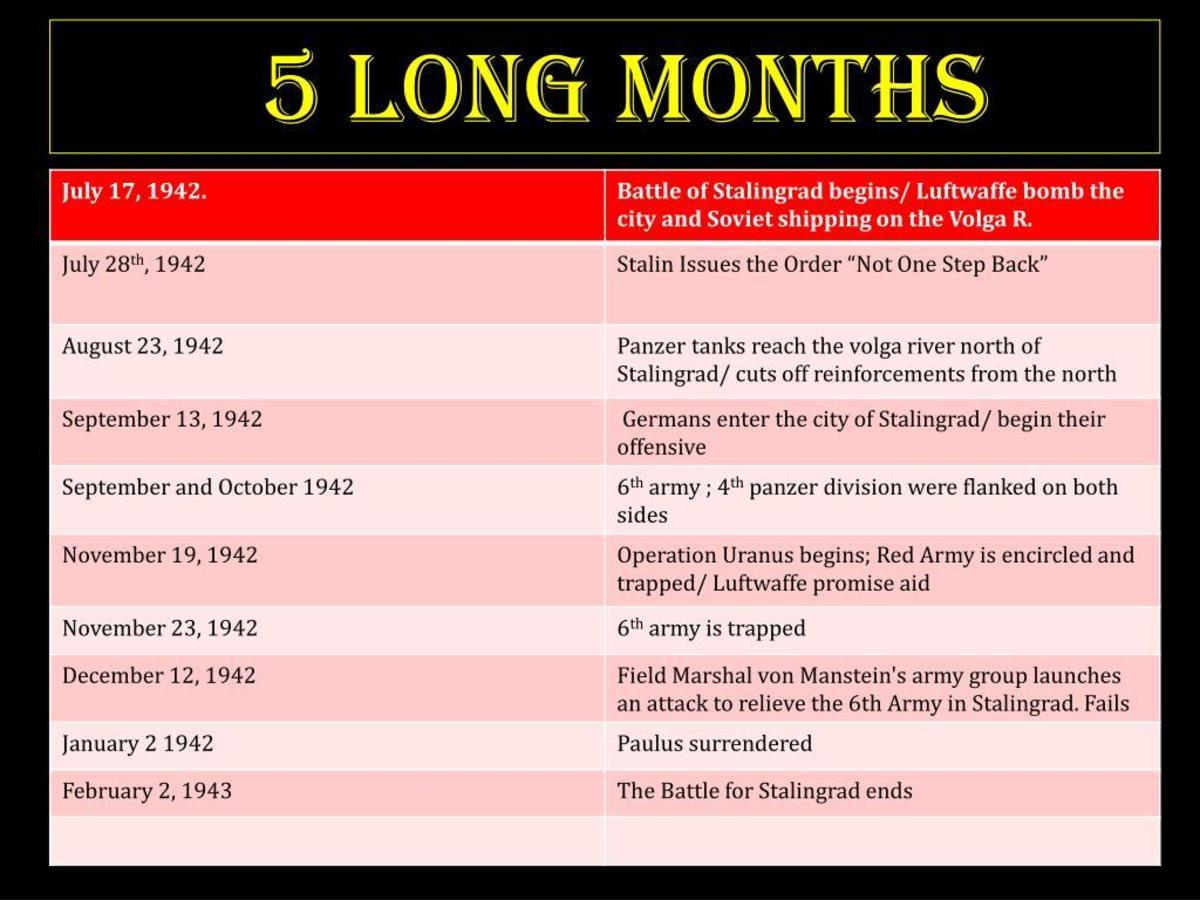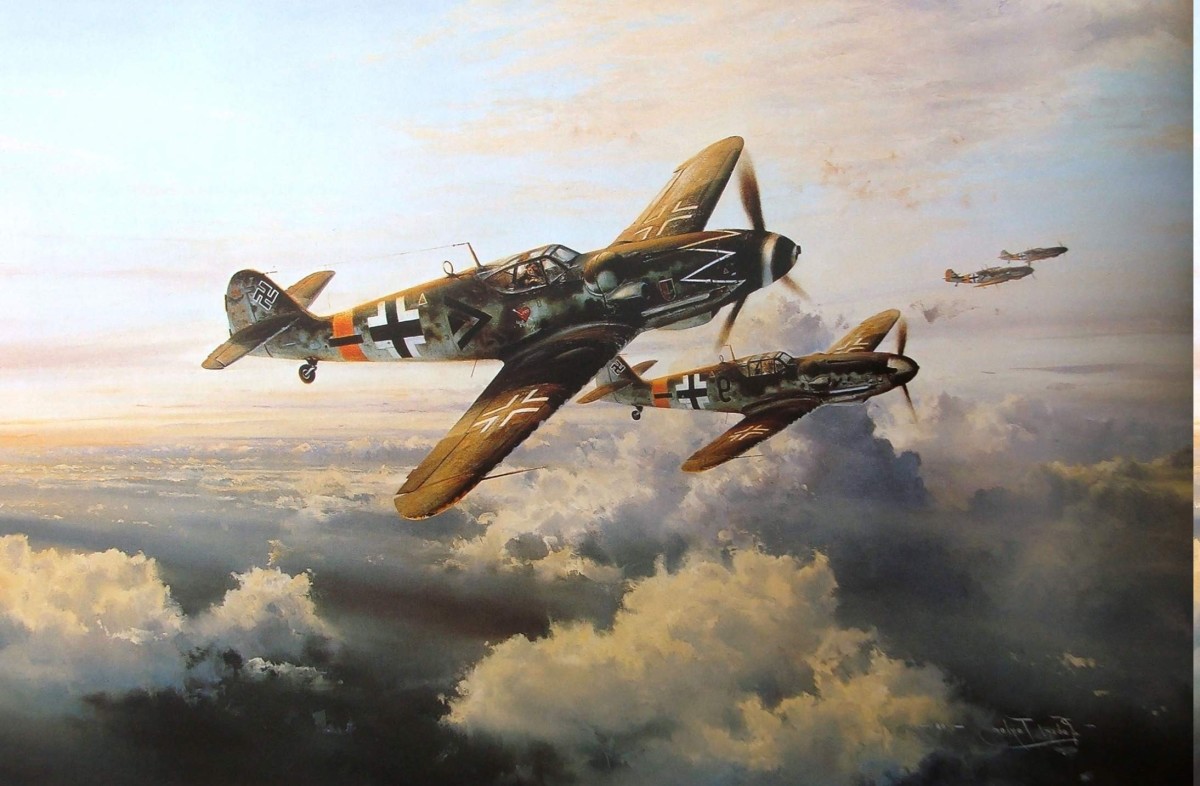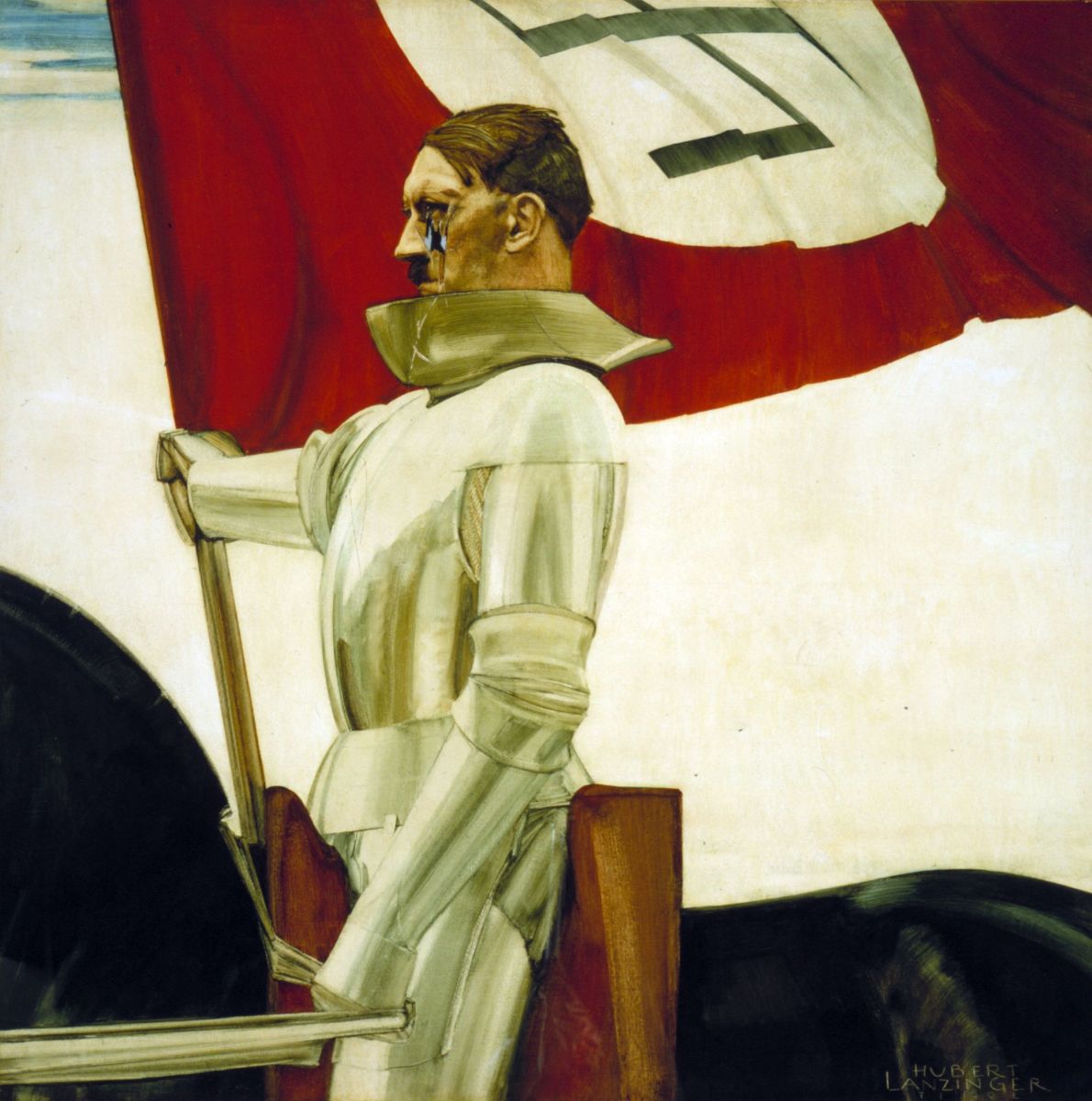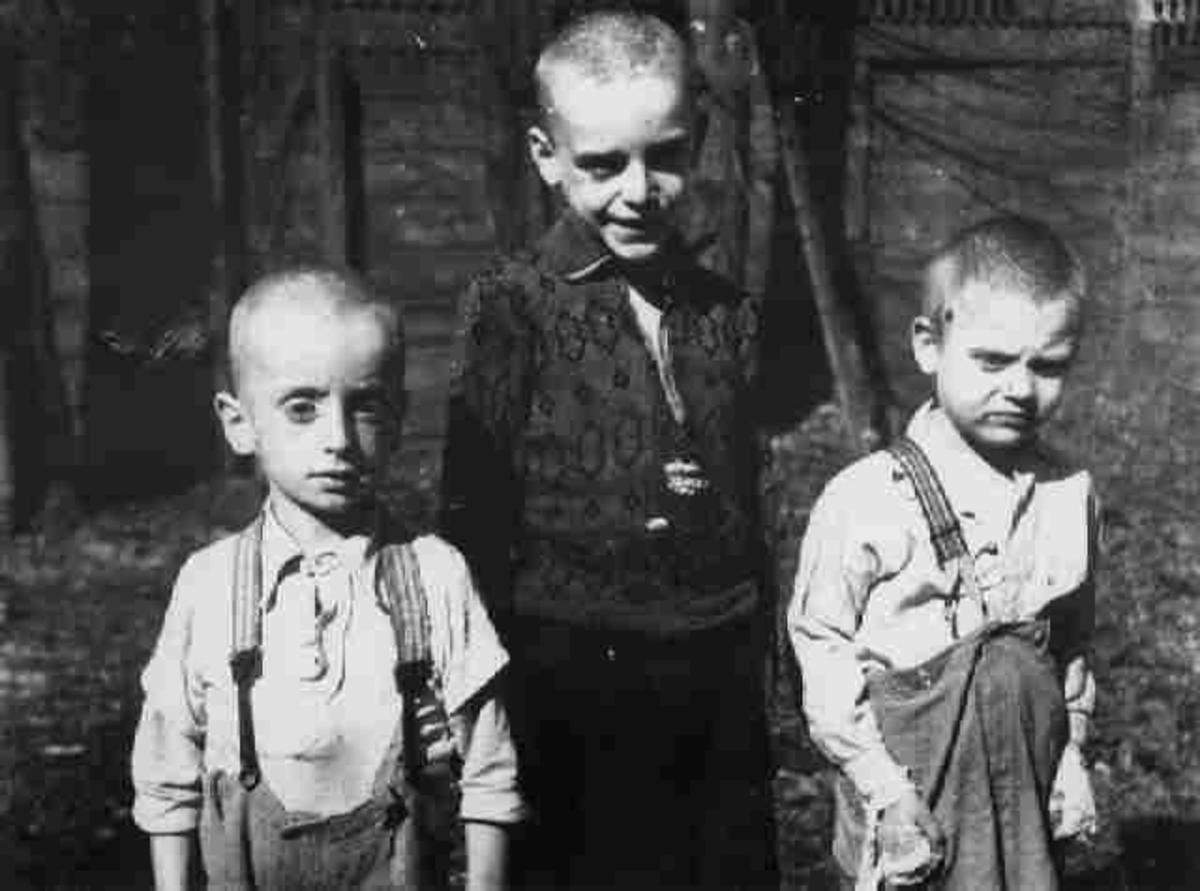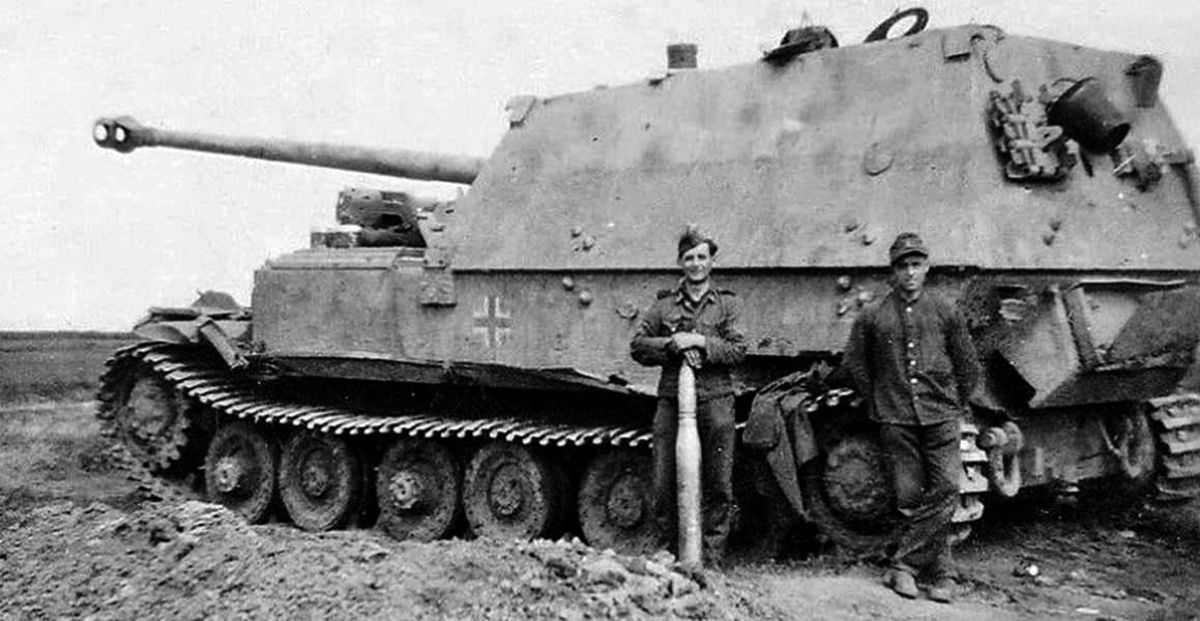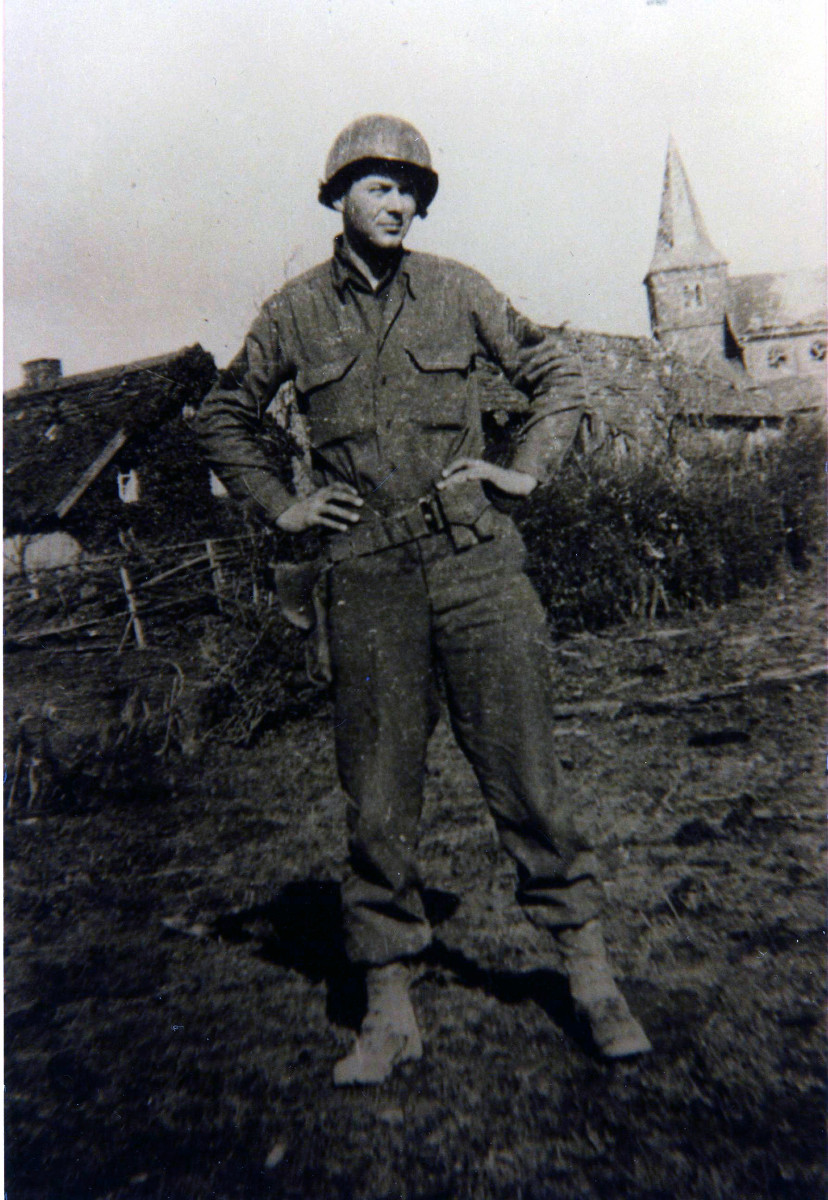- HubPages»
- Education and Science»
- History & Archaeology»
- History of the Modern Era»
- Twentieth Century History
World War II: Battle Of Britain
The Coming Storm
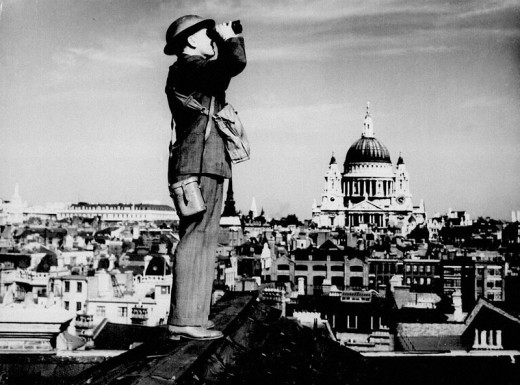
Introduction
German officers and soldiers had gazed from the French coastline across the 20 miles of the English Channel which separated them from their enemy. To a man, they knew that the conquest of Great Britain would be their greatest challenge to date. However, they were brimming with confidence. Operation Sealion, as the forthcoming invasion was codenamed, would involve the marshalling of troops and equipment, as well as the rounding up of enough barges suitable for transporting the most formidable fighting machine in the world across the narrow expanse of the Channel. Still, all of the victories thus far, all of the planning and all of the Fuhrer’s bold rhetoric meant far less without mastery of the skies. Control of the air was a perquisite to any successful invasion.
Battle Map
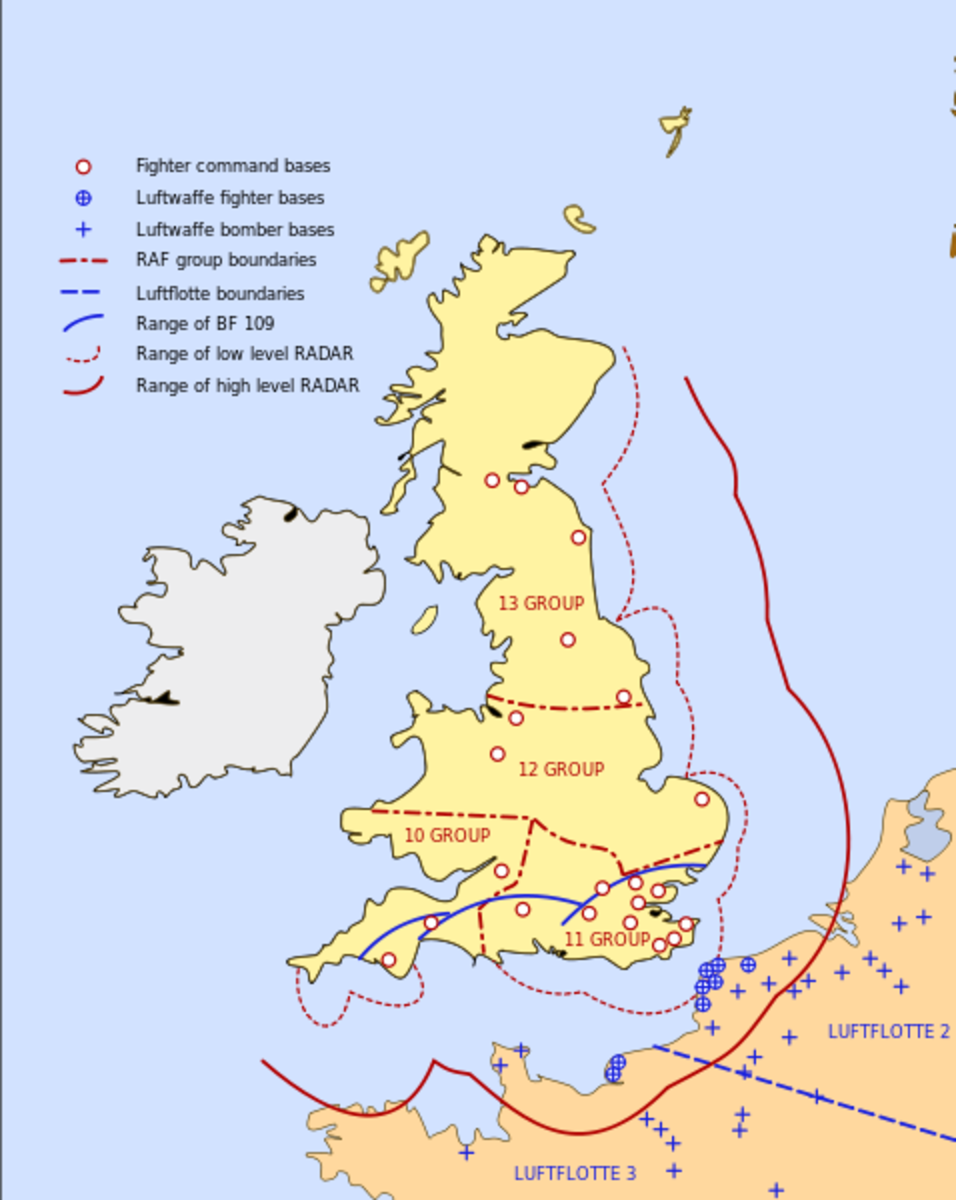
Aerial Invaders
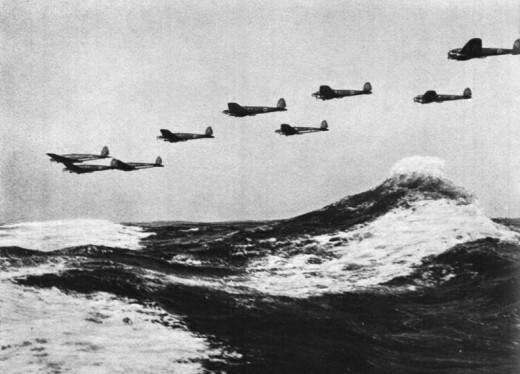
Kanalkampf On Film
Highly Recommended Links
- The Forgotten Few: Polish Airmen Fought During the Battle of Britain
An interesting article in relation to the dozens of Polish pilots who flew heroically against the Germans in the battle, only to have their efforts ignored at war's end. - A Few Americans in the Battle of Britain
An interesting article about the handful of American pilots who defied the neutrality adopted by their country and flew to war against Germany for Britain.
Kanalkampf
Its opening phase was known as Kanalkampf, or the Channel Battle, to the Germans. For the rest of the world, the aerial conflict which began on the 10th July 1940 and lasted fully 10 months was known collectively as the Battle of Britain. Less than three weeks after the Fall of France, Reichsmarschall Herman Goring and his Luftwaffe began the effort to take control of the skies above Britain. Hitler had initially set the date for the invasion as the 15th August, and the German planes were to pound British harbours and shipping.
Goring had gathered more than 750 fighters, including the nimble but short range Messerschmitt Me-109 and the twin engine Me-110, to escort more than 1300 Heinkel He-111 and Dornier Do-17 bombers along with 300 of the infamous Junkers Ju-87 Stuka dive bombers which had sown destruction in Poland and France. Air Chief Marshal Hugh Dowding, chief of Royal Air Force Fighter Command in comparison could only muster around 700 Supermarine Spitfires, Hawker Hurricanes fighters and other obsolescent types in defence. During the ensuing four weeks, dogfights raged daily, a number of merchant ships were sunk by the marauding Germans and the Royal Navy relocated most of its ships and personnel to Portsmouth from Dover. The Luftwaffe failed, however, to sufficiently erode the strength of the Royal Air Force.
Early in the battle the British came fully to appreciate the value of accurate intelligence and a new early warning device called radar, both of which provided advance notice to them of incoming German air raids. It was also quickly determined that the lumbering Stukas were unfit for air to air combat, proving to be easy prey for RAF fighters. Although they had lost 300 planes, while half that number of British aircraft had fallen, the Germans considered their initial operations sufficiently effective to begin round two of the aerial preparations for invasion.
12th August 1940, The Day Before Adlertag
We Fly Against England
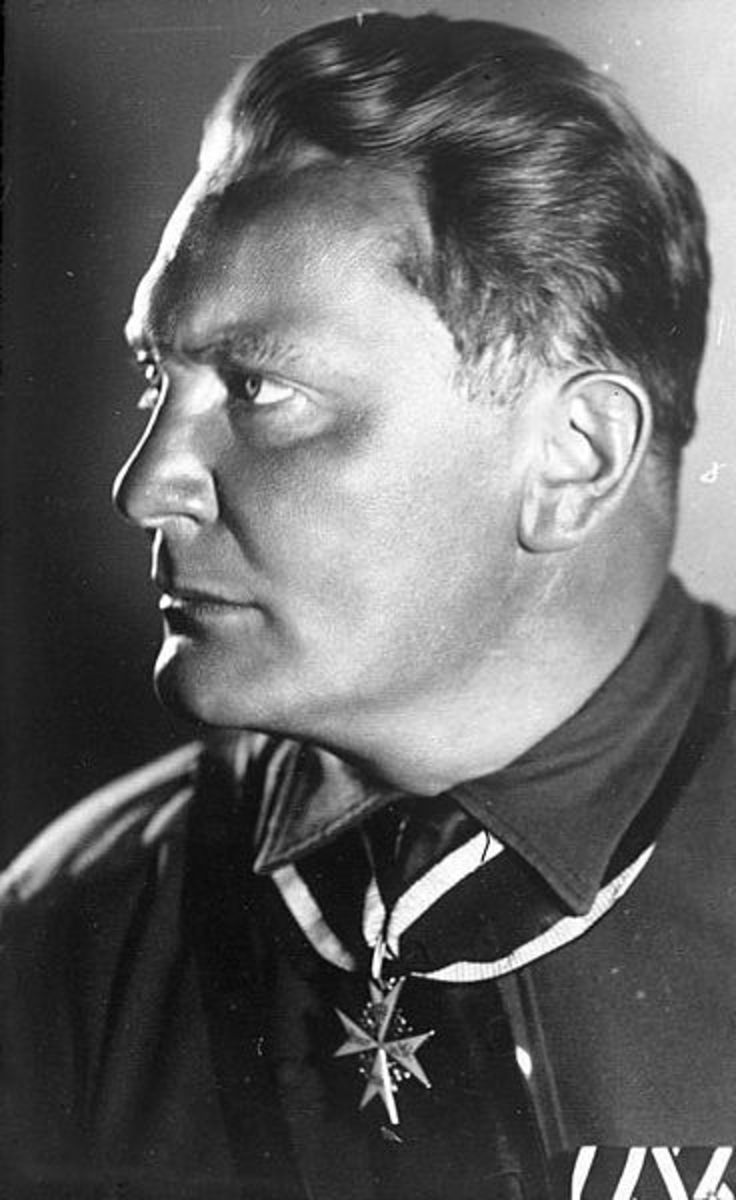
Der Adlertag
Still confident of victory, German airmen often sang a jaunty tune with the lyric, ‘Wir fliefen gegen England’ (‘we are flying against England’). Goring scheduled Adlertag, or Eagle Day, for the 13th August 1940. The second phase of the Battle of Britain was intended to bring the RAF to its knees, through the systematic bombing of its airfields in southern and central England, the destruction of the 300 foot towers and installations which comprised the early warning radar stations strung along the English coastline; and, finally, the elimination of the planes and pilots of Fighter Command.
On Eagle Day itself, the Germans lost 46 planes, and the RAF 13. However, a week of nearly continuous daylight aerial combat followed. Citizens below could see the swirling vapour trails of the dogfighting planes. Occasionally they saw the puff of an exploding aircraft or the long, black trail of a burning machine as it hurtled towards the ground. At times, it actually seemed to be raining spent cartridges from machine guns and cannons of both sides. Though its actual losses may have been fewer than those of the Luftwaffe, Fighter Command was being stretched to breaking point. Young pilots were often thrown into combat with only a few hours of flying time, facilities had been bombed and strafed, and the rigours of combat had taken their toll on the remaining airworthy planes.
The Ultimate Dogfight
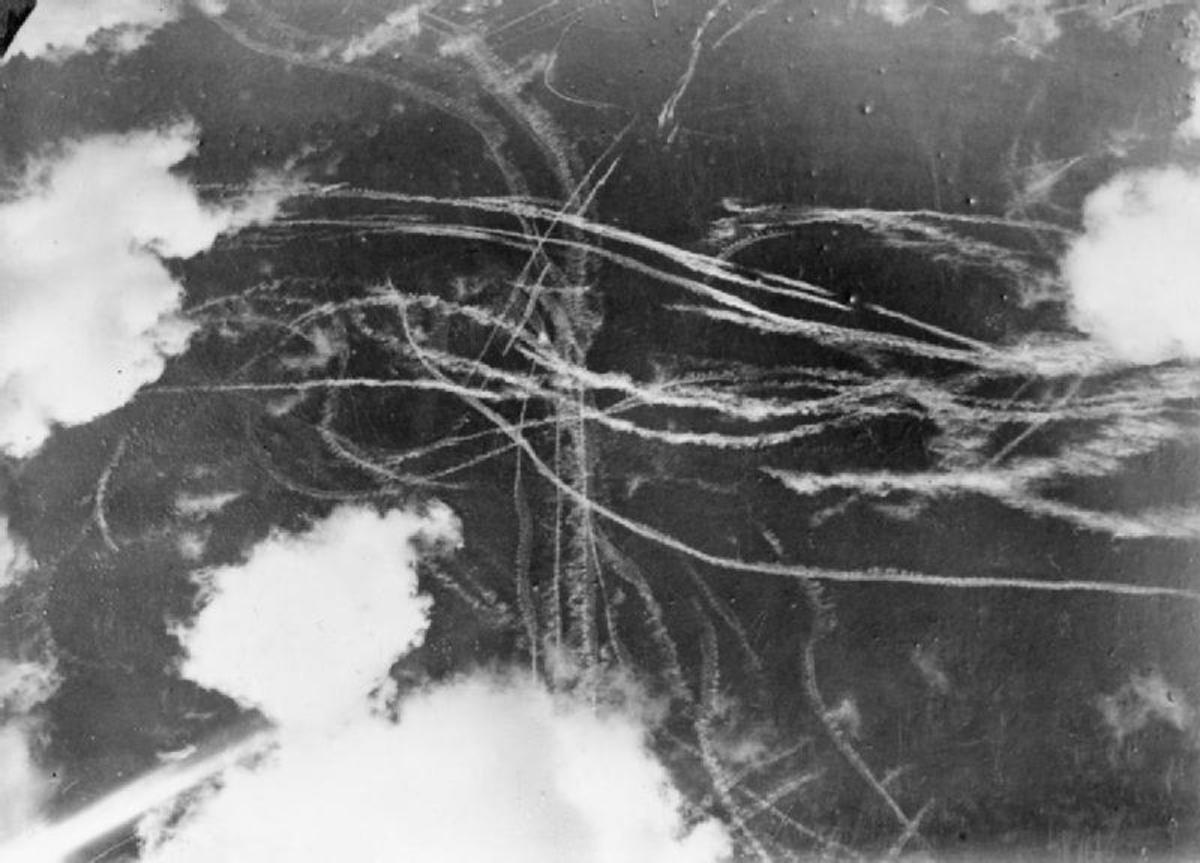
A Film About Battle Of Britain Day, 15th September 1940- The Turning Point.
London Under Attack
Coventry Firebombed
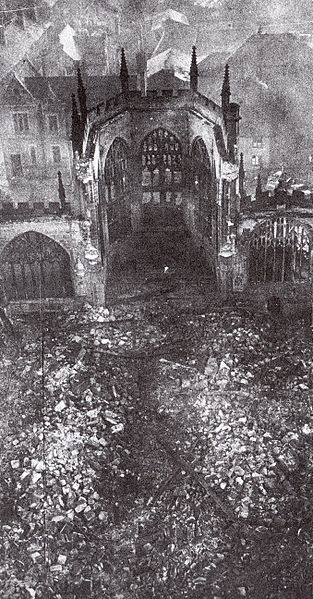
A Chance Reprieve
In concert with daylight raids, Goring also instructed his pilots to fly nocturnal bombing missions against military targets in Britain. Major cities, particularly London, had not been targeted due to the probability of retaliation by RAF bombers against German cities. However, on the night of the 24th August 1940 a few Luftwaffe bombers strayed off course and dropped their ordinance on the city of London. The next night RAF bombers hit Berlin. Enraged, the Fuhrer vowed to lay waste to British cities.
On the 7th September 1940, Hitler authorised a change in strategy. The Luftwaffe was to bomb London into submission. A week later, however, he postponed Operation Sealion indefinitely. On the first night of the Blitz more than 2000 Londoners were killed or wounded. The sacrifice of the civilian population proved to be the salvation of Fighter Command, which was given time to rest and refit. London was not the only city ravaged by German bombs in the months to come. On the night of the 14th November 1940, Coventry was assailed by more than 400 Luftwaffe bombers, killing 568 civilians and injuring more than 1200 others. Birmingham, Liverpool and Manchester were hit. But the turning point had come with the change in German strategy and the refusal of the British people to buckle. The last Luftwaffe raids of the Blitz struck London on the night of the 10th May 1941.
The Blitz On Film
Churchill
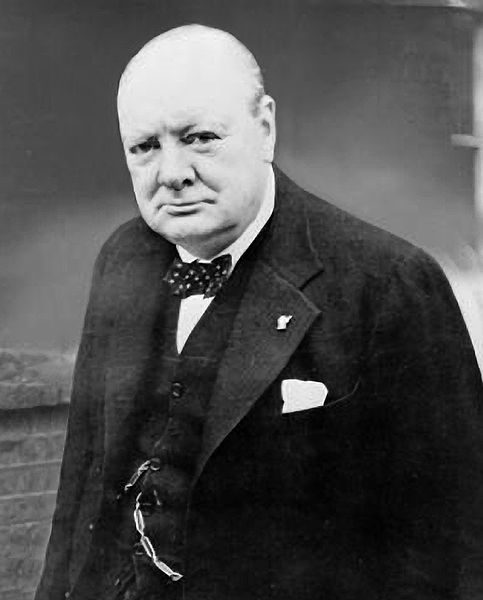
An Eastward Glance
Hitler’s frustration with Goring’s failure to destroy the RAF was tempered by his preoccupation with preparations for Operation Barbarossa, the invasion of the Soviet Union which was scheduled for the 22nd June 1941. Some historians argue that the Fuhrer had been reluctant to continue fighting the British, hoping that his fellow Anglo Saxons might join in the war against the Soviet communists. At any rate, as early as the autumn of 1940 Hitler had concluded that the Battle of Britain could not be won. The opportunity for victory had been squandered and Luftwaffe losses continued to mount. British cities burnt, but the RAF remained a potent force.
Prime Minister Winston Churchill hailed the spirit of the British people and called the time of peril and suffering ‘their finest hour.’ On the 20th August 1940, Churchill rose to address the House of Commons, praising the courage of the intrepid Royal Air Force pilots. ‘Never in the field of human conflict,’ he declared, ‘has so much been owed by so many to so few.’


